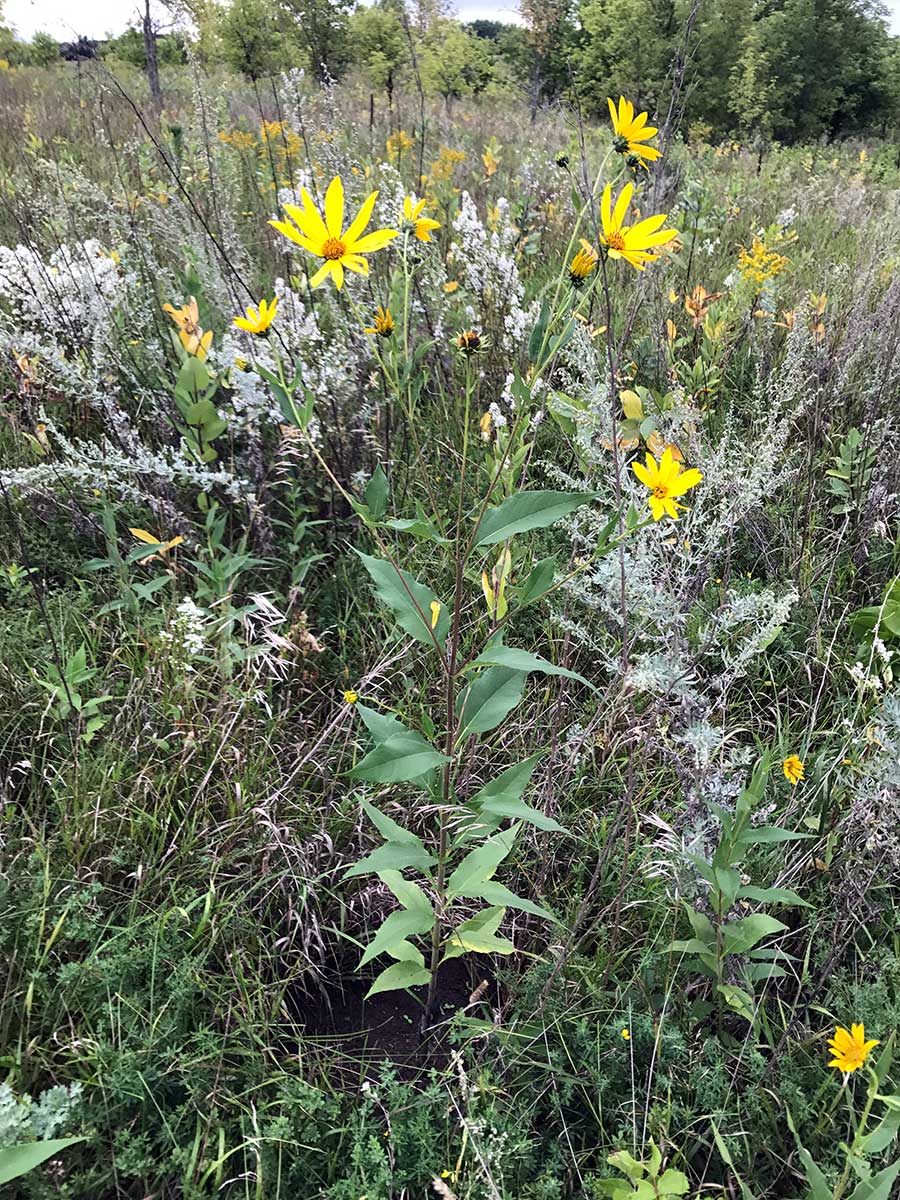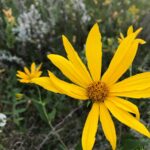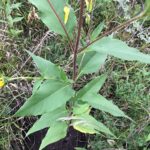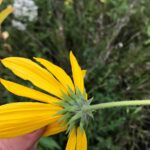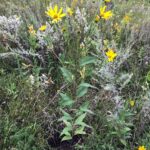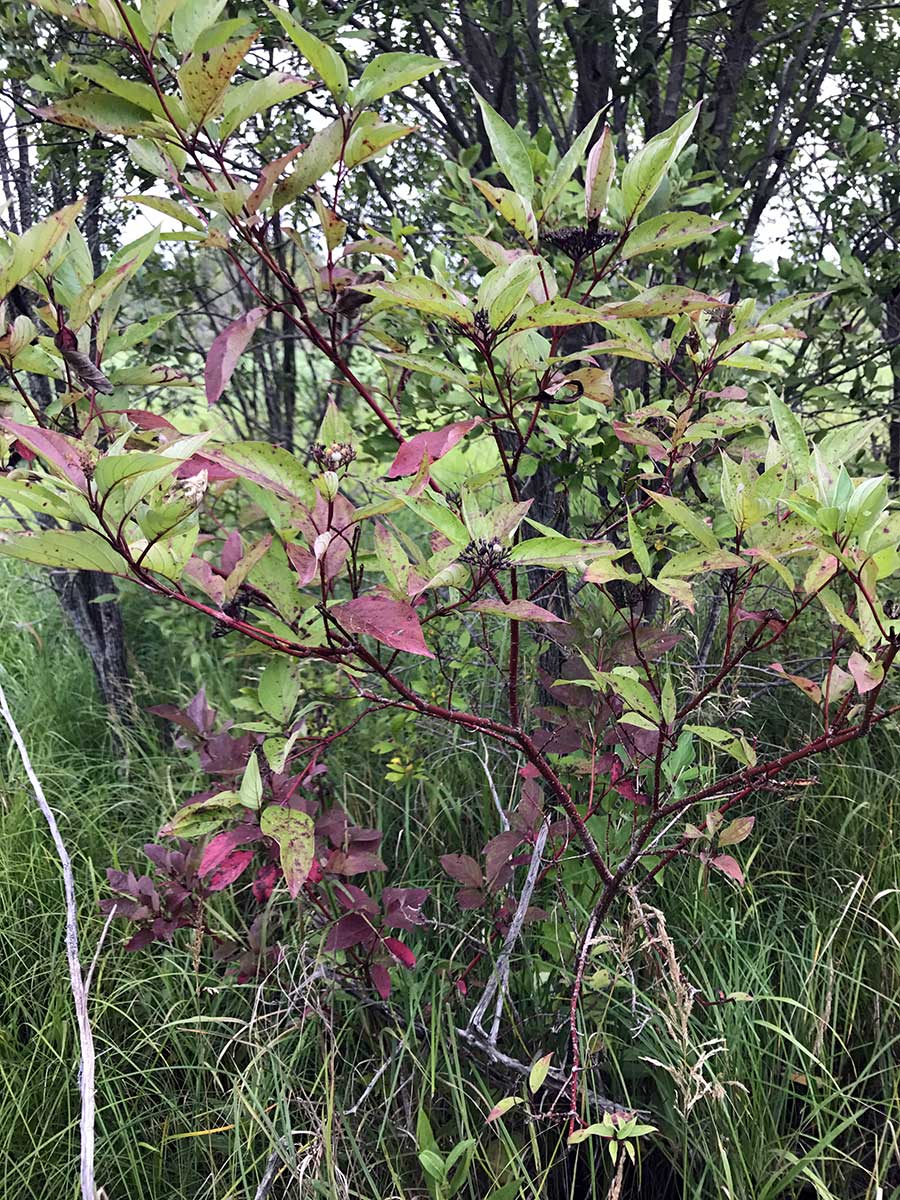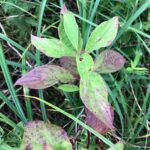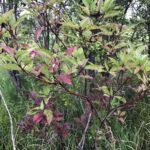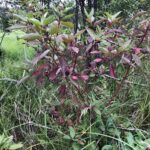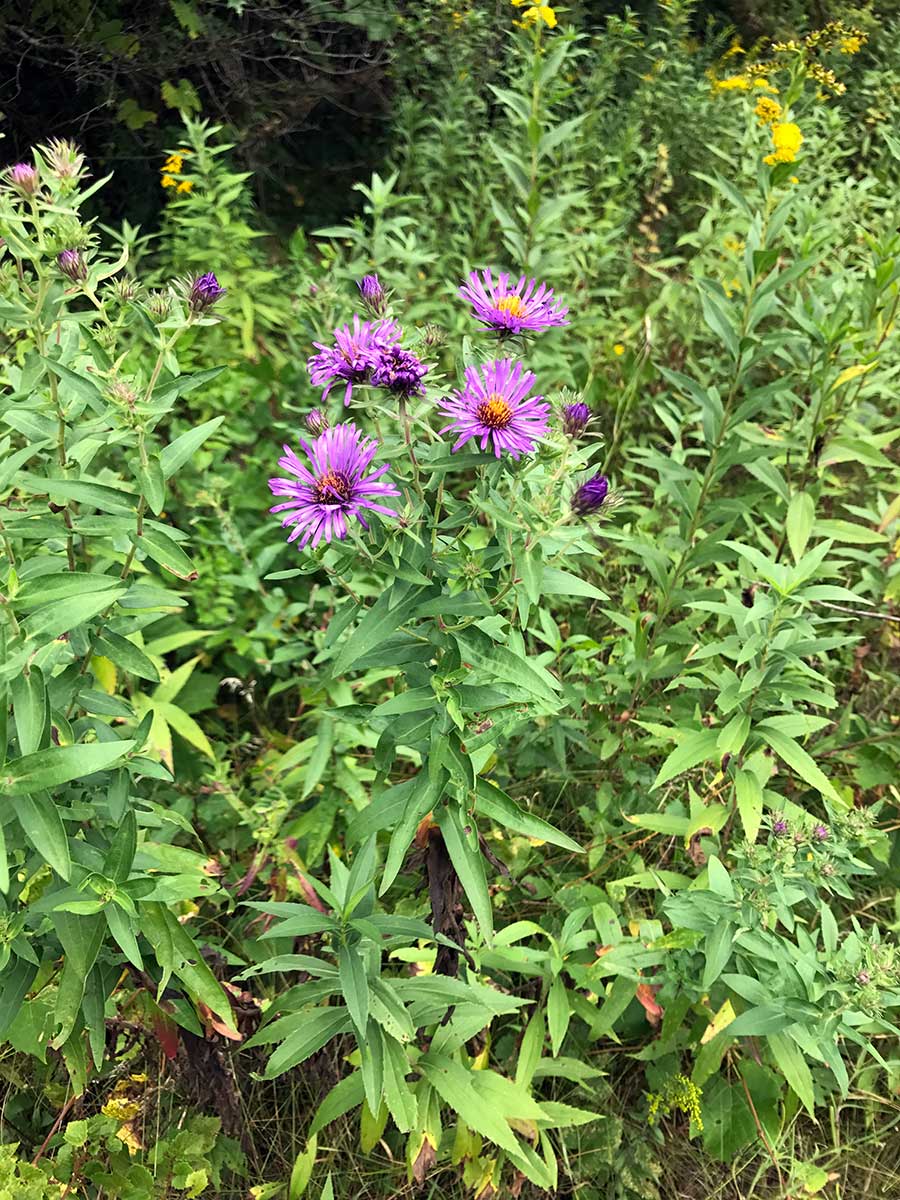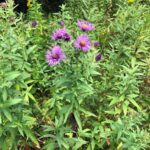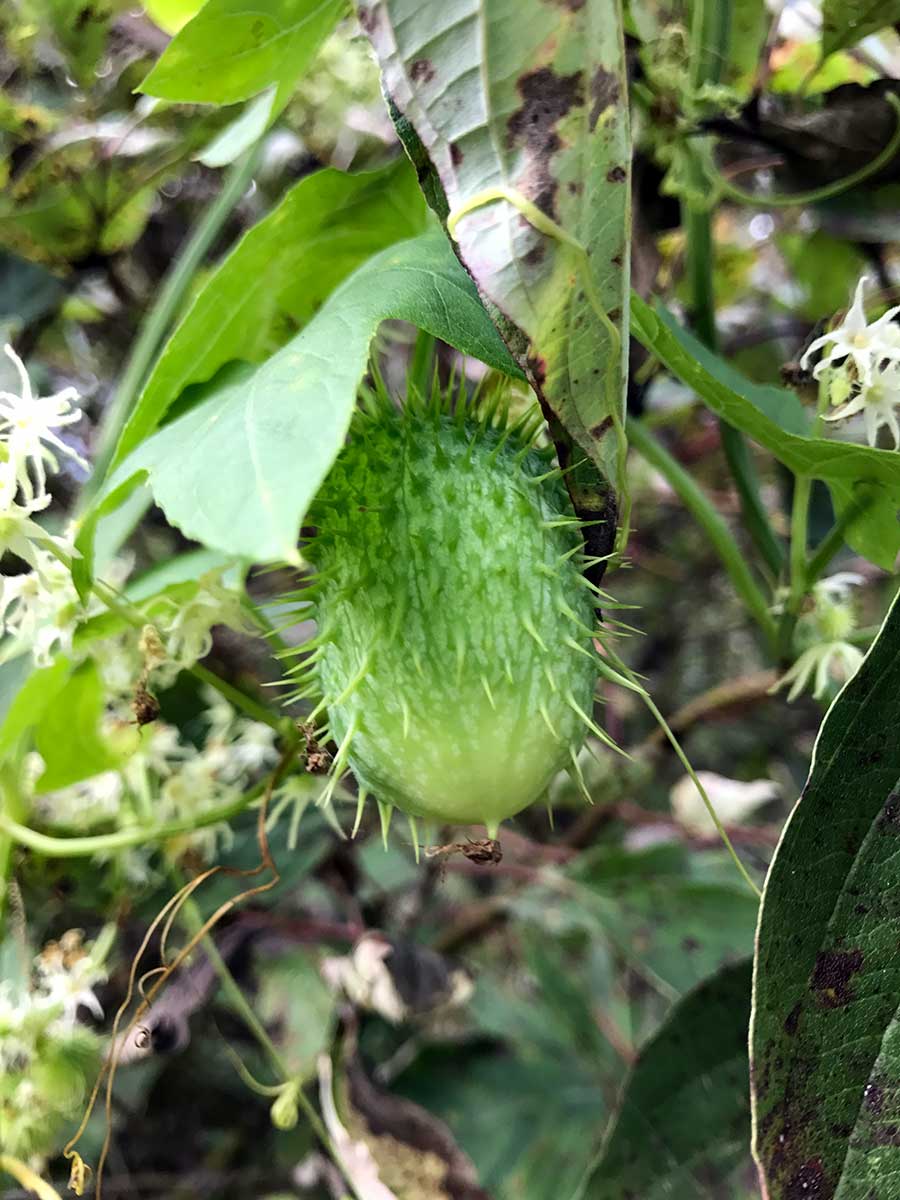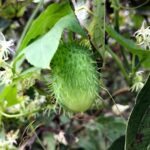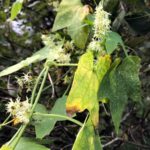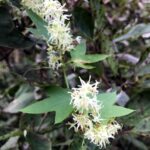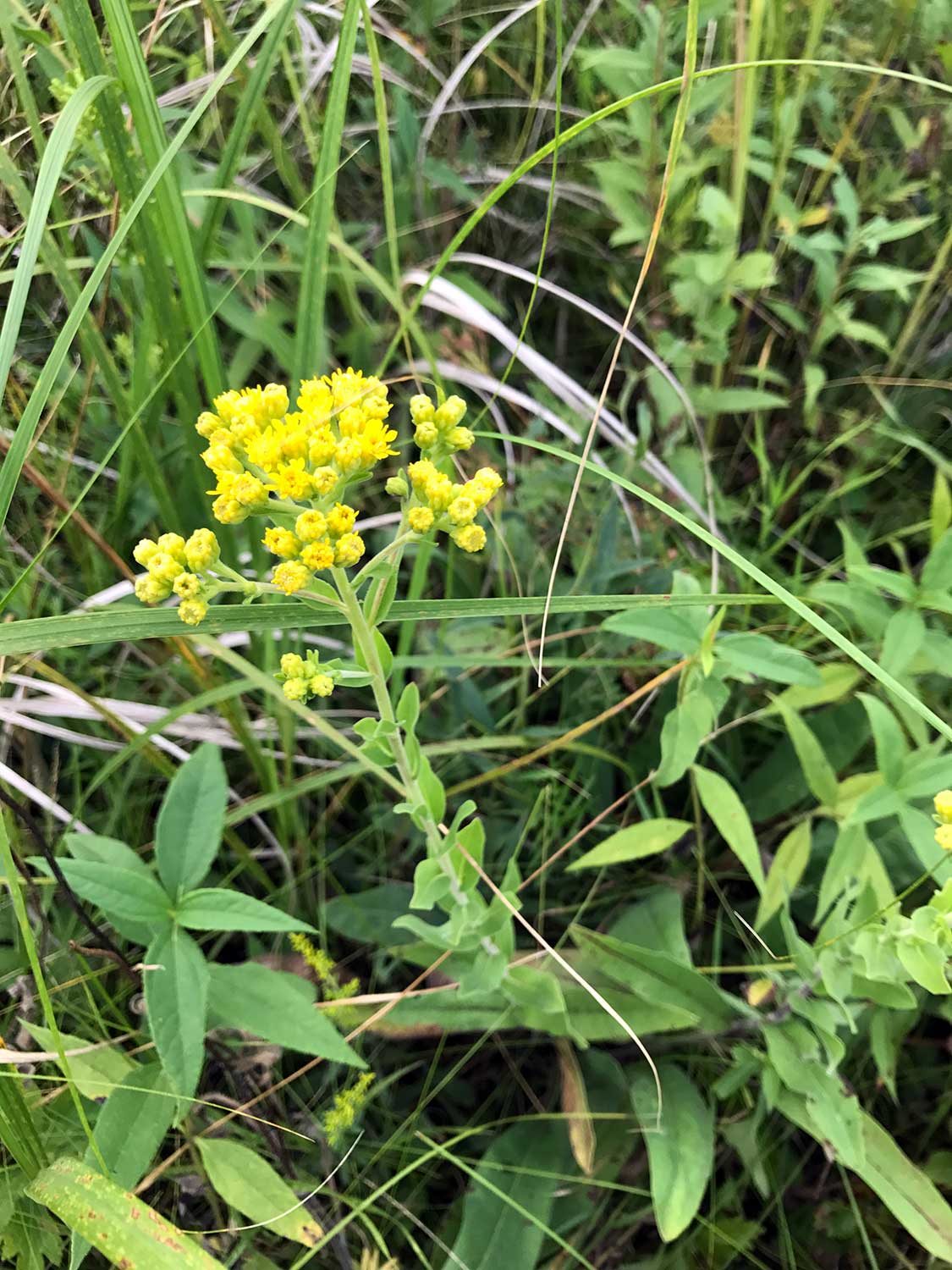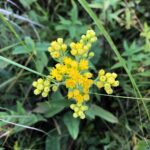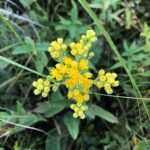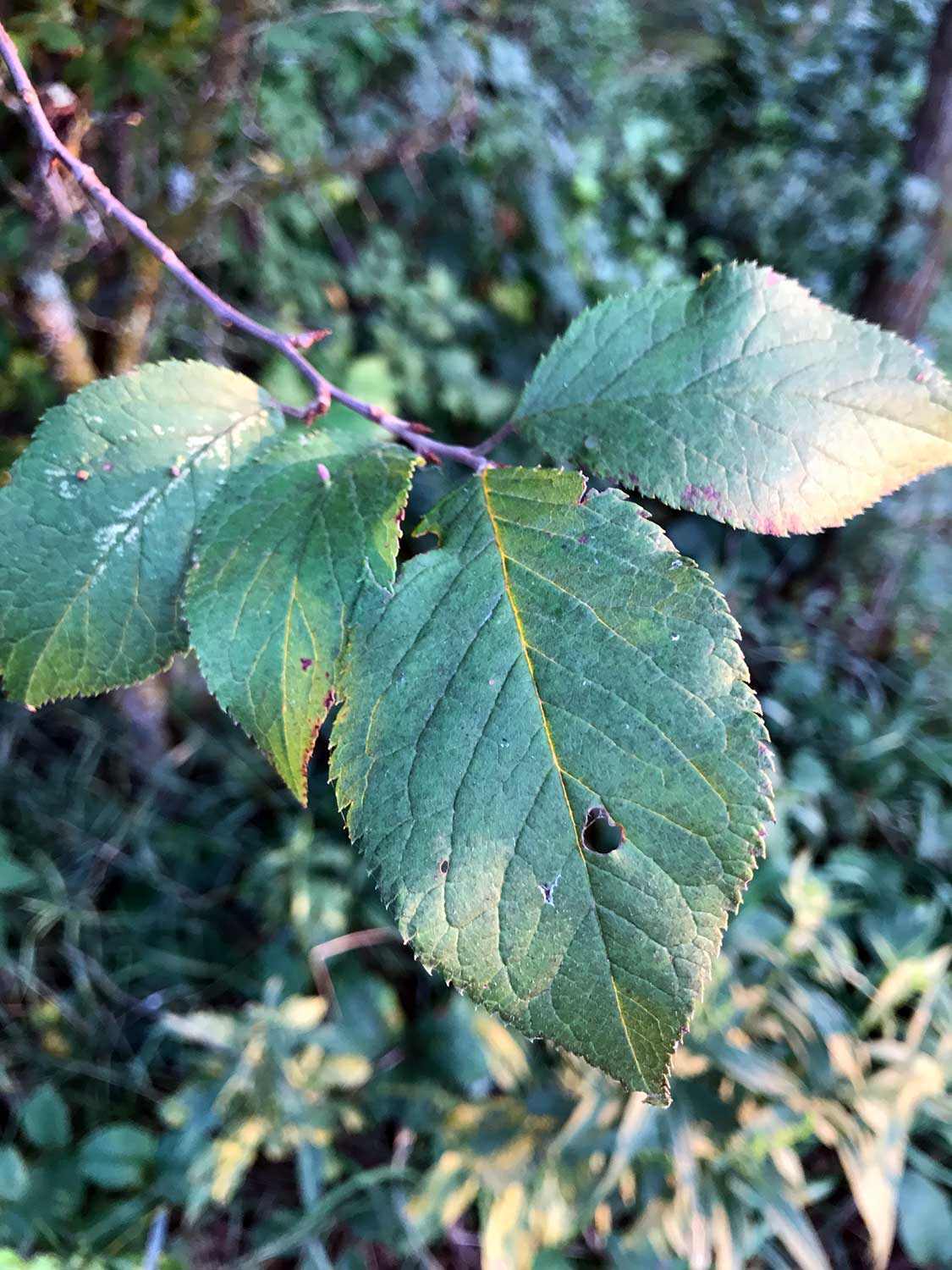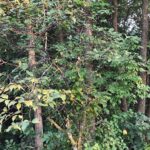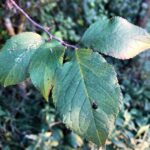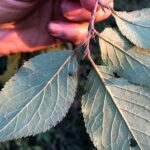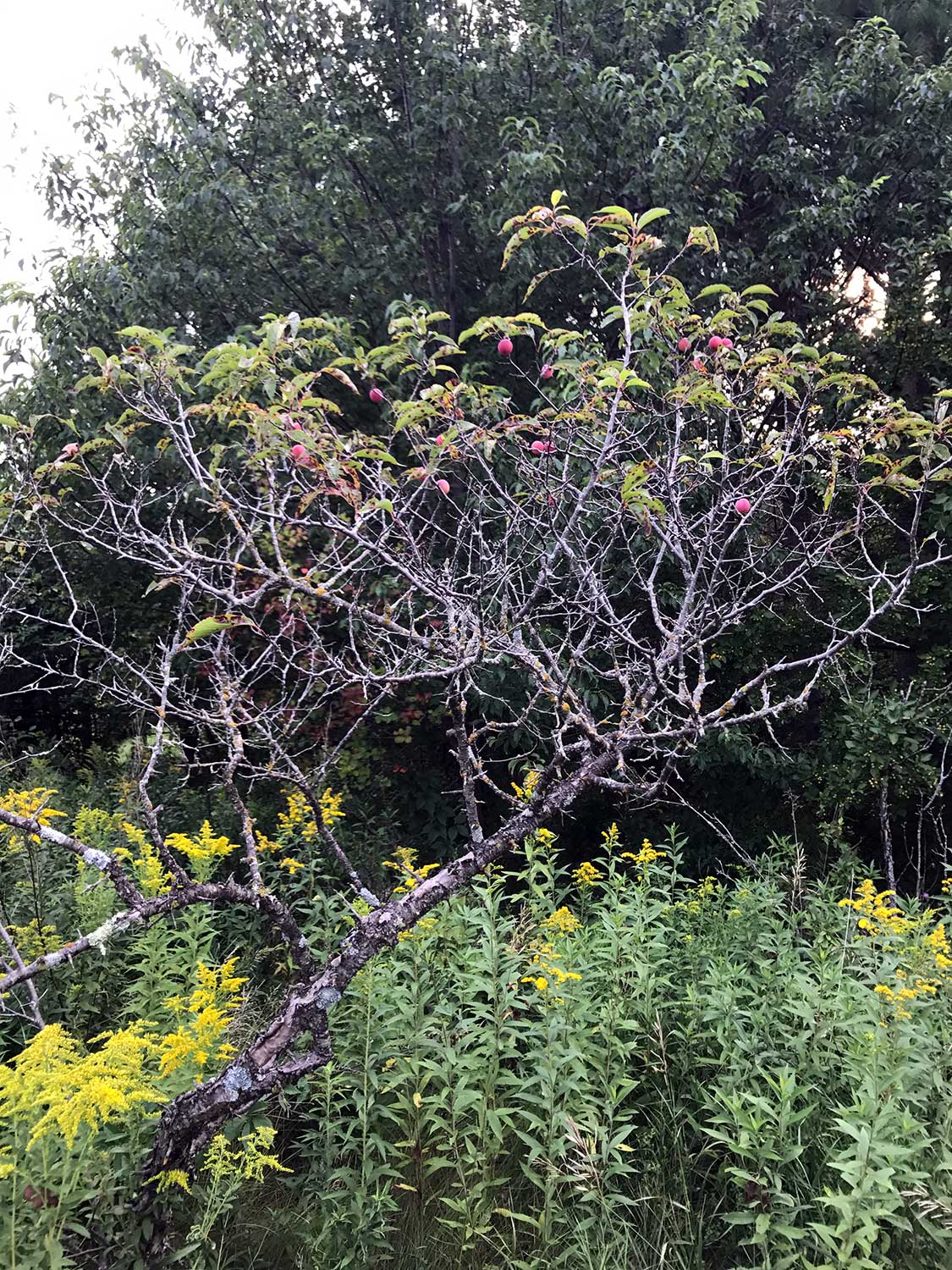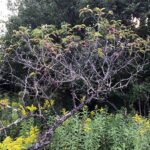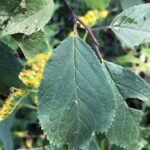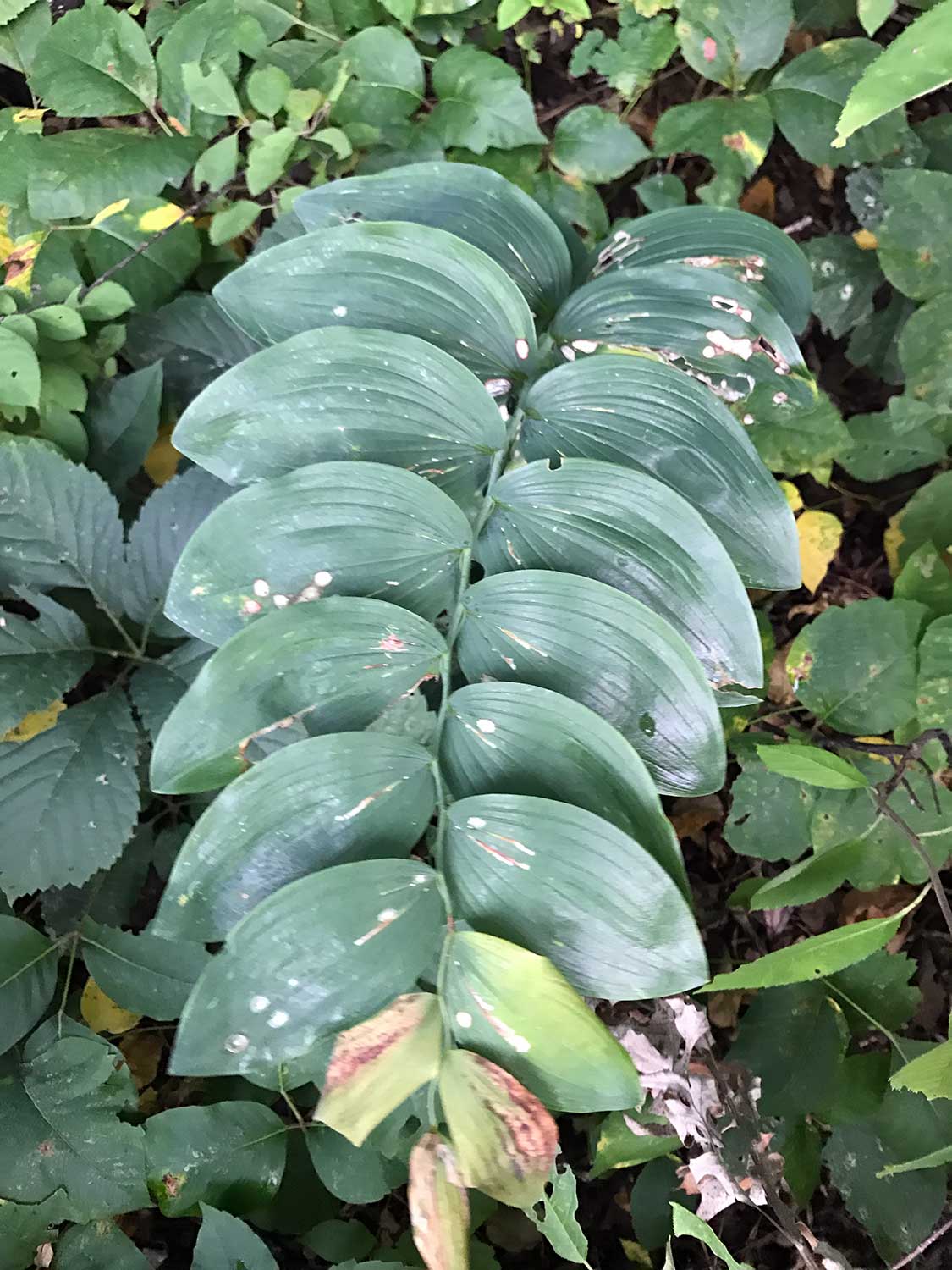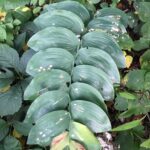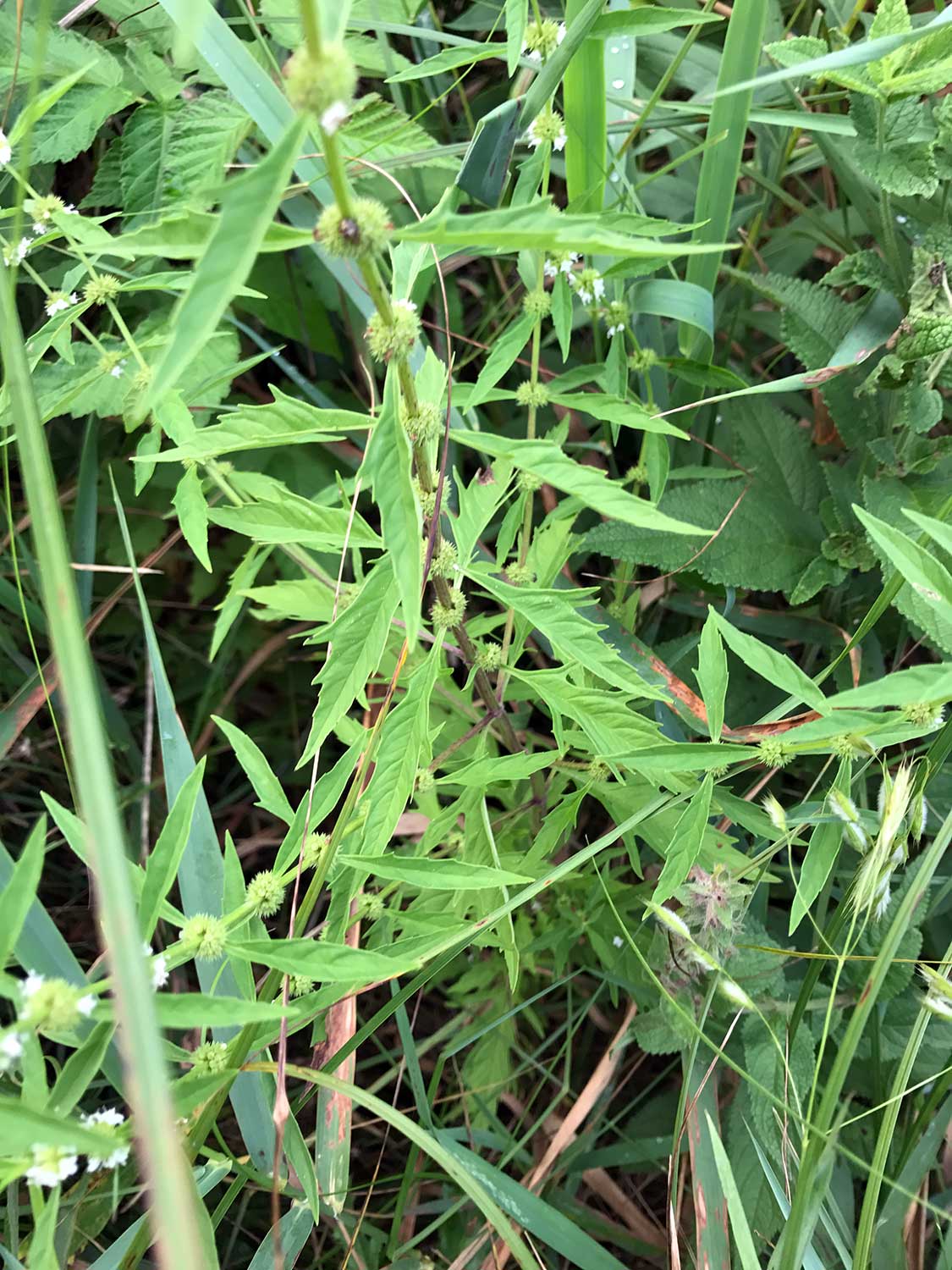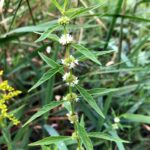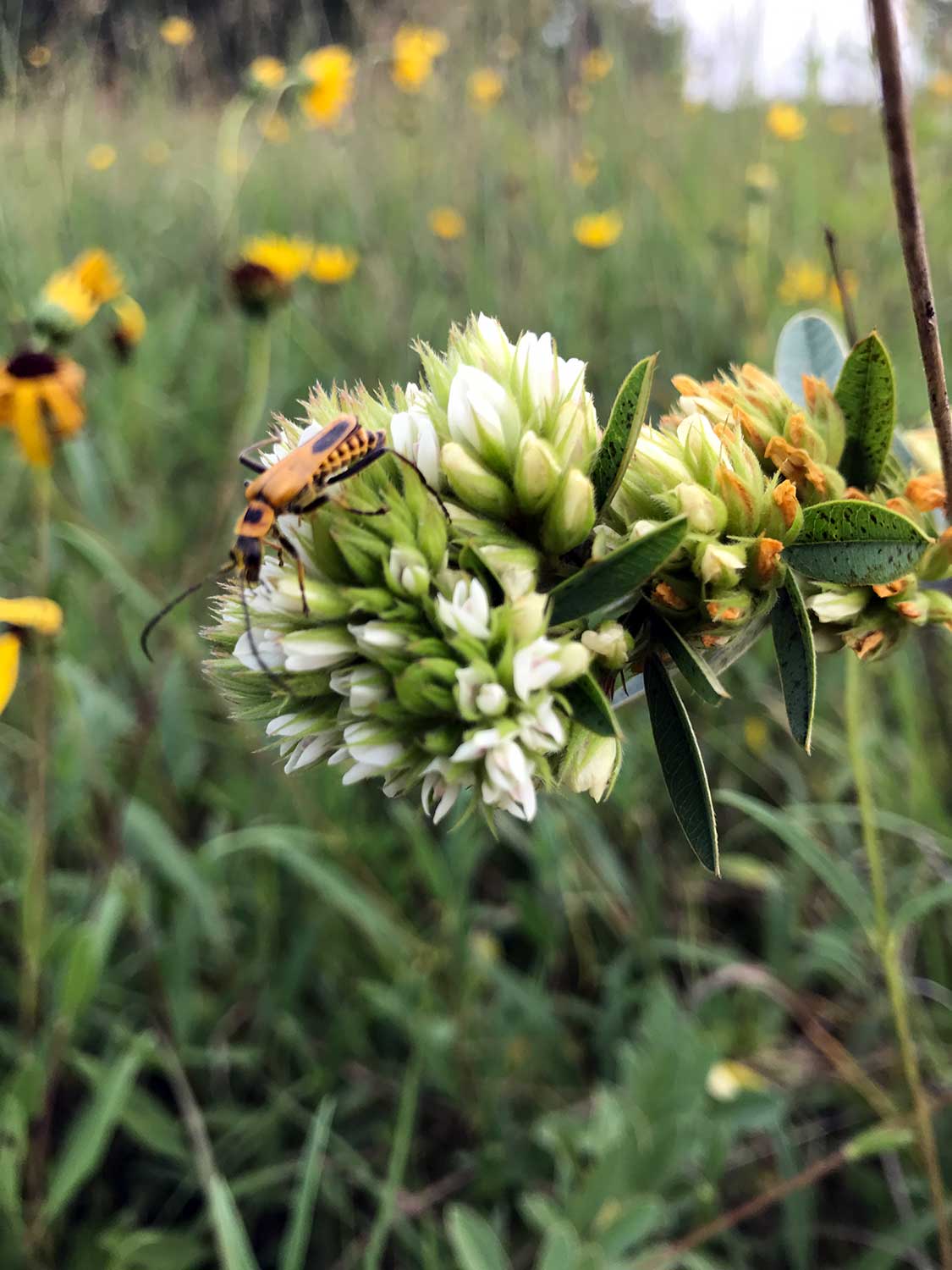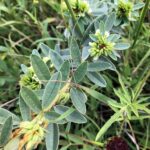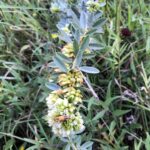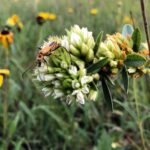Native To State: YES
Naturally Occurring: YES
Description
Helianthus giganteus (Giant Sunflower):
Appearance: Giant sunflower is a tall and robust herbaceous perennial plant with a commanding presence. It can reach heights of 5 to 12 feet (1.5 to 3.6 meters) or even more.
Leaves: The leaves of Helianthus giganteus are large, broad, and heart-shaped, with serrated margins. They are arranged alternately along the stem.
Flowers: The plant produces large, bright yellow flowers with a characteristic brown central disk and yellow ray florets. The flowers are borne at the top of the tall stems and can be several inches in diameter.
Blooming Period: Giant sunflower typically blooms in late summer to fall, from August to October, depending on the region and climate.
Habitat: This species is native to various regions of North America and can be found in wetlands, marshes, meadows, and along the edges of streams and ponds. It prefers moist and well-drained soils.
Distribution: Giant sunflower is found in regions ranging from central Canada to the central and eastern parts of the United States.
Conservation: Helianthus giganteus is not considered a threatened species, and its towering presence adds to the ecological diversity of wetland habitats.
Other Species: Helianthus giganteus is part of the Helianthus genus, which includes other sunflower species with diverse characteristics.
Giant sunflower is admired for its impressive height and the sunny disposition of its bright yellow flowers. Its ecological significance as a nectar source for pollinators and as a food source for birds and other wildlife contributes to its popularity in native plant gardens and wildlife-friendly landscapes.
Occurrence
Found in some of the grassy areas that were formerly field

